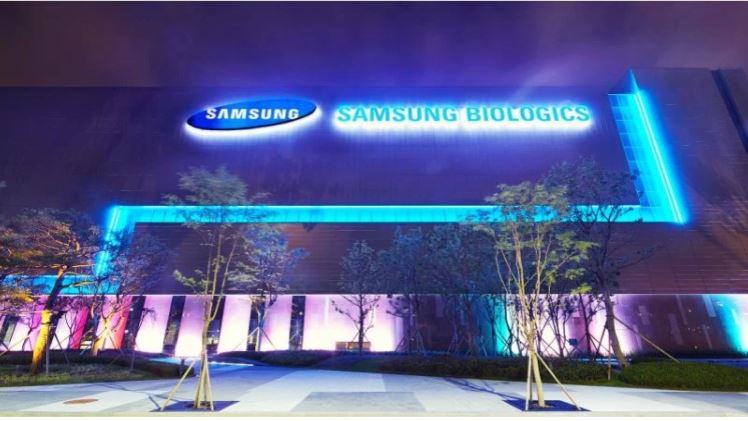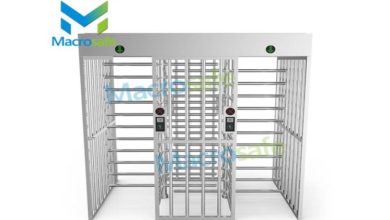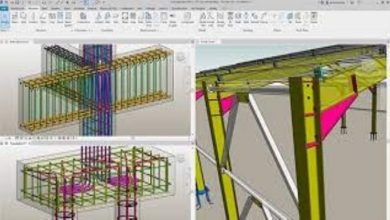How Cell Line Development Helps Produce Next-Generation Antibody-Drug Conjugate Cancer Treatments

Antibody-drug conjugates are a new type of cancer treatment that combines monoclonal antibodies and cytotoxic (cancer-killing) drugs. ADCs target specific antigens on cancer cells, which can minimize damage to healthy cells. Contract development and manufacturing organizations (CDMOs) stand to play a vital role in the development and manufacturing of ADCs, providing expertise in processes such as cell line development and antibody production, linking techniques, and quality control.
Cancer treatment has evolved from traditional methods like chemotherapy to more targeted approaches. ADCs represent a significant advancement, offering the potential of specificity and reduced systemic toxicity. The role of CDMOs in this evolution is crucial, as they provide the necessary infrastructure and technological support for the complex manufacturing processes involved in ADC production.
“The ADC field continues to advance at a rapid pace, with scientific knowledge expanding exponentially as more candidates progress through the development cycle,” wrote Thomas Rohrer, Senior Director of Technical Support Bioconjugates at Samsung Biologics, in a recent white paper. “Samsung Biologics will establish integrated capabilities and the necessary expertise for ADC manufacturing in the near future.”
The Basics of ADCs
ADCs are sophisticated and targeted therapeutic agents primarily used in the treatment of cancer. They are biopharmaceuticals composed of two main elements: a monoclonal antibody and a cytotoxic drug, joined together by a specialized chemical linker. This design leverages the precision of antibody targeting with the potency of chemotherapy agents, aiming to selectively destroy cancer cells while sparing healthy tissue.
The monoclonal antibody component of an ADC targets a specific antigen, usually a protein, that is overexpressed on the surface of cancer cells.
Monoclonal antibodies are produced using biotechnological methods such as cell line development to be highly specific to their target antigen. This specificity allows the ADC to selectively bind to cancer cells, thereby directing the therapeutic action to the tumor site. The choice of the target antigen is critical. It must be abundant on cancer cells but limited or absent on healthy cells to ensure the selectivity of the ADC.
The cytotoxic drug attached to the antibody in an ADC is typically a powerful chemotherapeutic agent, often much more potent than those used in conventional chemotherapy. These drugs can cause cell death by interfering with critical cellular processes, such as DNA replication or cell division. However, due to their high potency, these drugs would be too toxic to administer systemically at therapeutic doses. By attaching them to mAbs, ADCs can deliver these potent agents directly to the cancer cells, reducing systemic exposure and thus the potential for adverse side effects.
Finally, the chemical linker is a crucial component that attaches the cytotoxic drug to the mAb. Its role is to keep the drug securely attached while circulating in the bloodstream and to release the drug once the ADC reaches the cancer cell.
The Role of Cell Line Development
Identifying a suitable target antigen is a vital step in ADC development. CDMOs contribute by providing cell line development technology for screening and validating potential antigens, ensuring their expression in tumor cells.
Cell line development, in this context, refers to the process of creating and cultivating cells that are genetically engineered to produce the desired mAb. These cell lines are meticulously developed and optimized to ensure high-yield and consistent production of antibodies that specifically target the desired antigens on cancer cells.
High-throughput screening is pivotal in the cell line development stage of ADC production, primarily for its efficiency. This technology allows for the rapid analysis of a vast number of cell clones, enabling the identification of those that produce the desired monoclonal antibodies in high quantities and with consistent quality.
Latest Developments in ADCs
Between 2019 and 2022, the U.S. Food and Drug Administration approved eight different ADCs. There was a notable increase in the ADC development pipeline in 2022. The initiation of Phase I clinical trials for ADCs saw a substantial rise of 90% compared to 2021. Additionally, the overall count of clinical trials that began in 2022 for investigating ADCs showed a significant growth of 35% over the numbers recorded in the prior year.
In 2023, the worldwide market for ADC reached an estimated value of around $9 billion, with projections of a compound annual growth rate of roughly 11%. As of June 2023, the market featured 11 ADCs approved by the FDA.
Rohrer is optimistic about the latest developments in ADC technology and in the ability of CDMOs like Samsung Biologics to meet evolving production needs.
“The design of targeting agents is improving, and new payloads and linkers will enable treatment of a wider range of oncology indications. New companion diagnostics designed around the physiology of the therapeutic indication will increase the patient response rate,” he wrote.
“ADCs are designable therapeutics where our prior experience will increase the probability of success for the next generation.”





